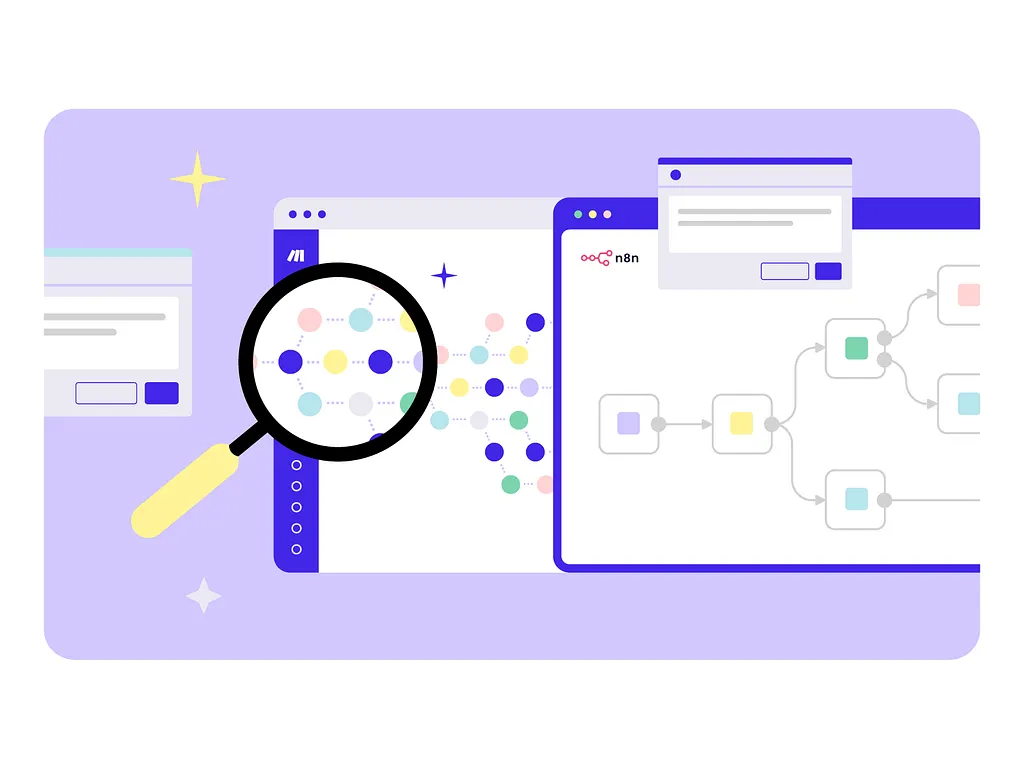In an industry where every second counts, automation has emerged as a vital force driving efficiency, accuracy, and cost reduction in the medical field. From reducing administrative burdens to enhancing patient care, healthcare automation is not a distant future—it’s a present-day necessity.
Why Automation in Healthcare Matters
The average healthcare worker spends 35–50% of their time on administrative tasks. That’s valuable time lost that could be spent on patient care. Automation reduces these inefficiencies, enhances workflow accuracy, and ensures that patient data is managed securely and consistently.
Types of Automation in the Medical Industry
Here are some common and impactful automation types being implemented in healthcare today:
- Appointment Scheduling Automation
Automatically books, confirms, reschedules, and reminds patients of appointments. - Patient Intake Forms and E-Signatures
Digitizes form submissions, insurance info, and consent forms before visits. - Medical Billing and Claims Processing
Automates claim submission, insurance verification, and payment reminders. - Electronic Health Record (EHR) Updates
Uses AI to update patient records based on doctor dictation or input. - Lab Results Delivery
Automatically sends lab results to patients with proper explanations. - Prescription Refills and Notifications
Manages refills, sends reminders, and connects with pharmacy APIs. - Patient Follow-Ups and Feedback Surveys
Sends automated check-ins and surveys after treatment. - Staff Scheduling and Time Tracking
Uses dynamic shift planning to reduce HR workload. - Inventory Management for Supplies and Medications
Tracks stock, triggers reorders, and predicts future needs. - Chatbots for Pre-screening and FAQs
Guides patients through symptoms or provides instant support.
Real-World Savings from Medical Automation
Let’s break down potential savings using common automation workflows in a small clinic with 5 staff members and 100 patients daily.
Example 1: Appointment Scheduling Automation
- Task Time Saved: 3 minutes per appointment
- Daily Time Saved: 300 minutes (5 hours)
- Estimated Hourly Rate (Admin): $20/hour
- Daily Savings: $100
- Weekly Savings: $500
- Monthly Savings: ~$2,000
- Annual Savings: ~$24,000
Example 2: Automated Billing and Claims Submission
- Task Time Saved: 10 hours/week
- Estimated Rate (Billing Specialist): $25/hour
- Weekly Savings: $250
- Monthly Savings: ~$1,000
- Annual Savings: ~$12,000
Example 3: Digital Patient Intake Forms
- Task Time Saved: 2 minutes/form x 100 patients
- Daily Time Saved: 200 minutes (~3.3 hours)
- Hourly Rate: $20/hour
- Daily Savings: ~$66
- Monthly Savings: ~$1,320
- Annual Savings: ~$15,840
Total Annual Savings (Just These 3 Automations):
$24,000 + $12,000 + $15,840 = $51,840 per year
And this doesn’t even include cost reductions from reduced human error, fewer no-shows, or better inventory control.
Final Thoughts
Automation is not about replacing healthcare professionals—it’s about freeing them up to do what they do best: care for patients. As medical providers face tighter budgets, stricter regulations, and a growing patient base, automating repetitive, time-consuming tasks is a practical and powerful solution.
Whether you’re managing a small clinic or a large hospital network, the time to embrace automation is now. The return on investment is clear—better efficiency, better care, and significant financial savings.



